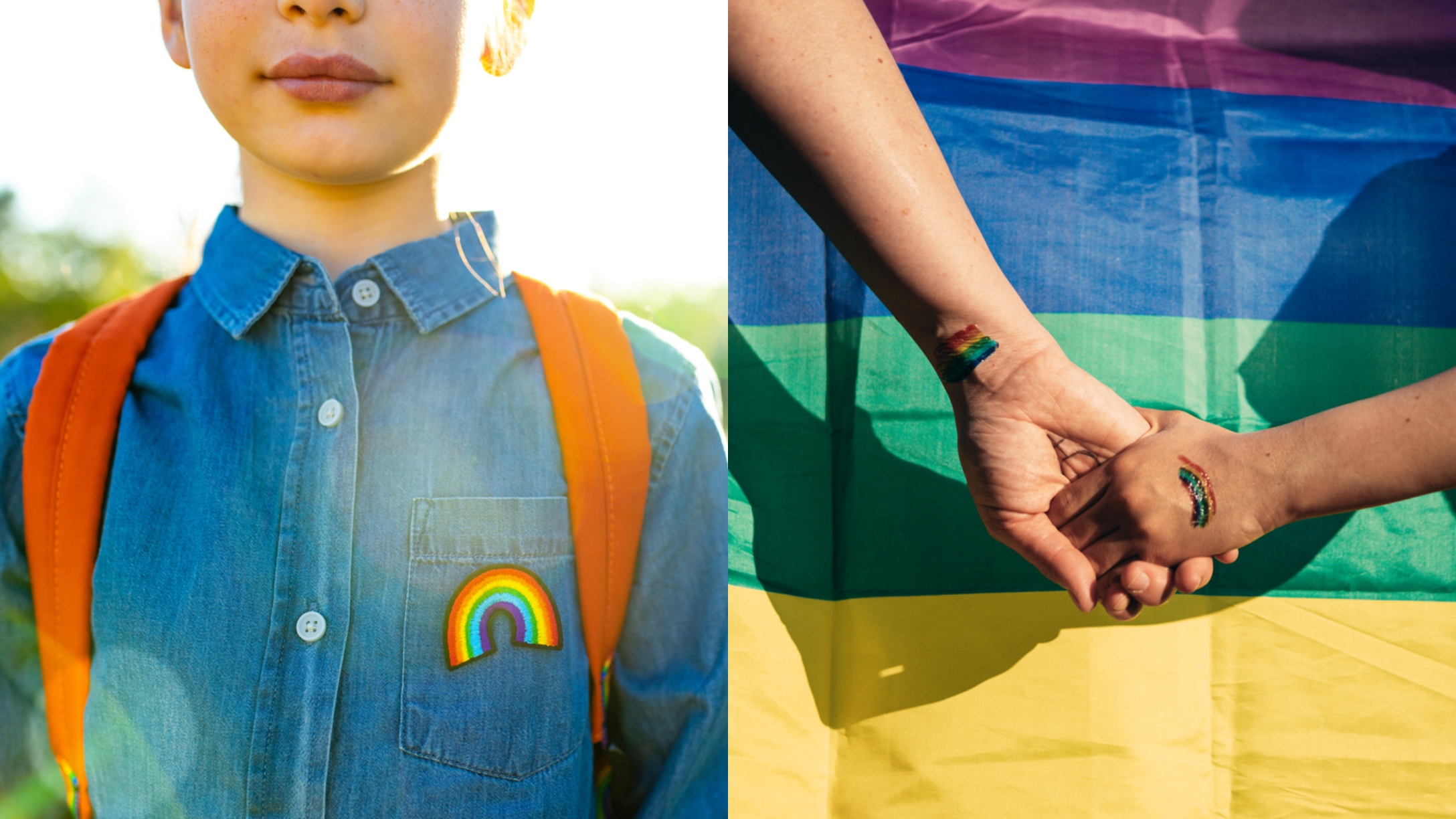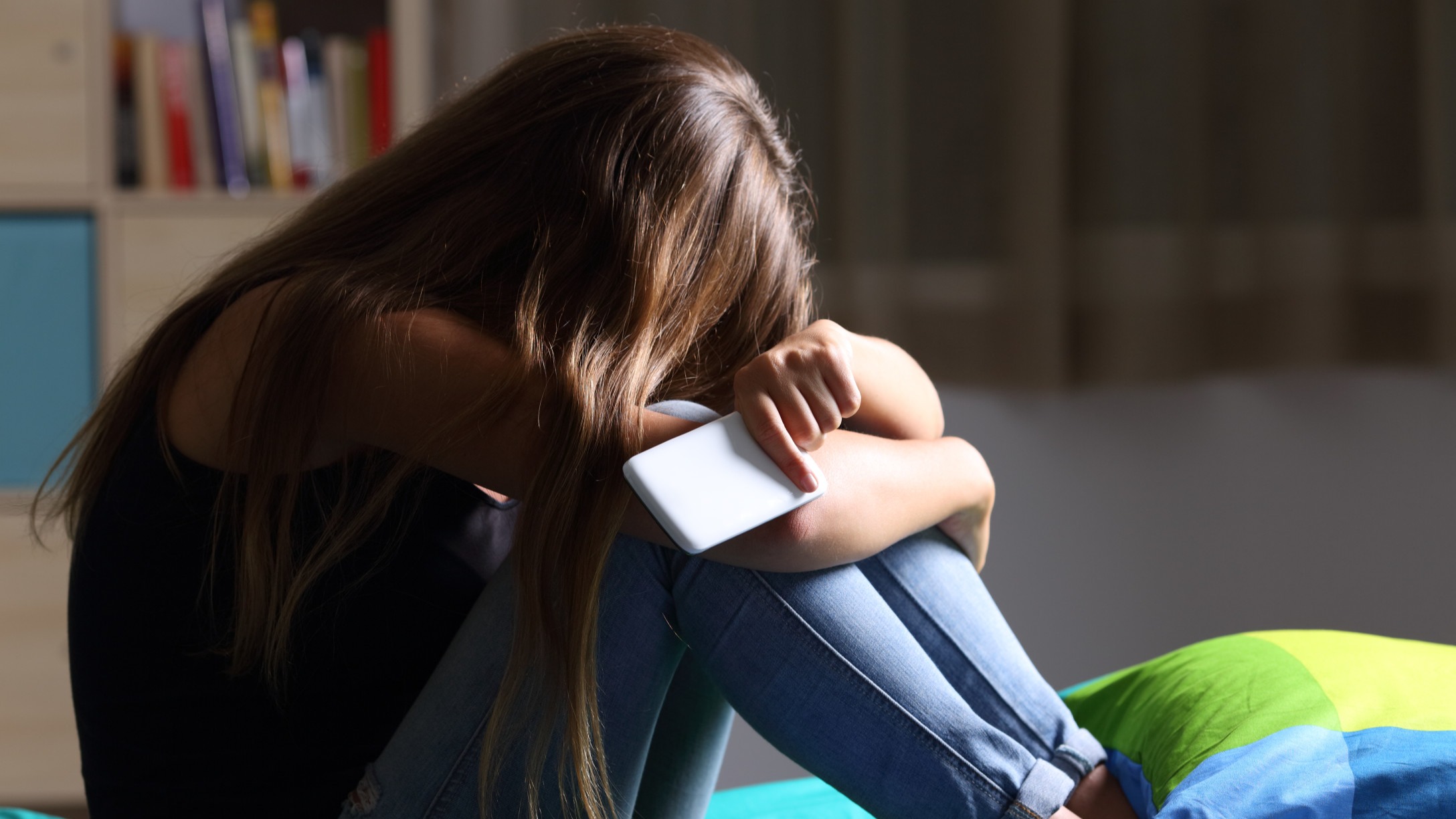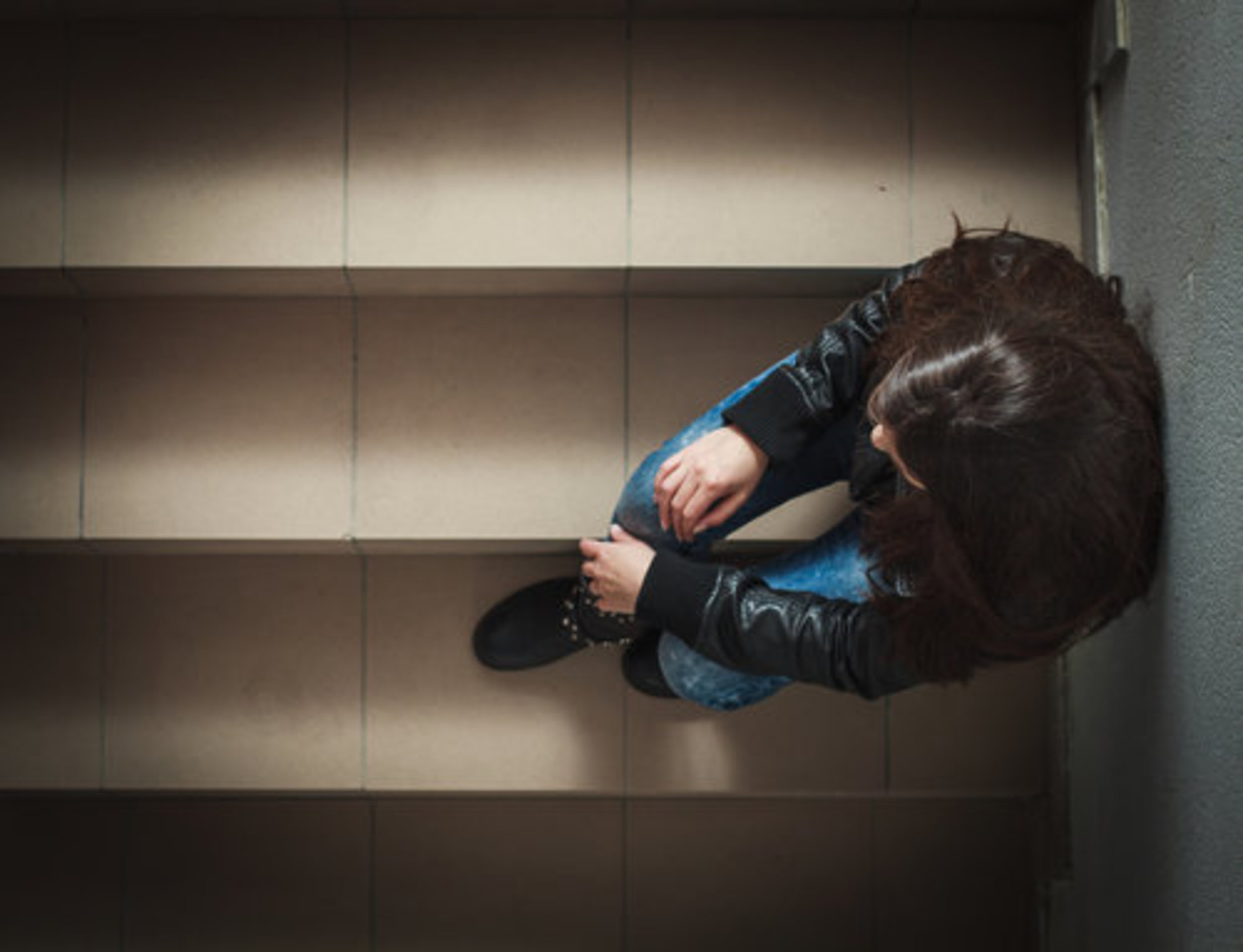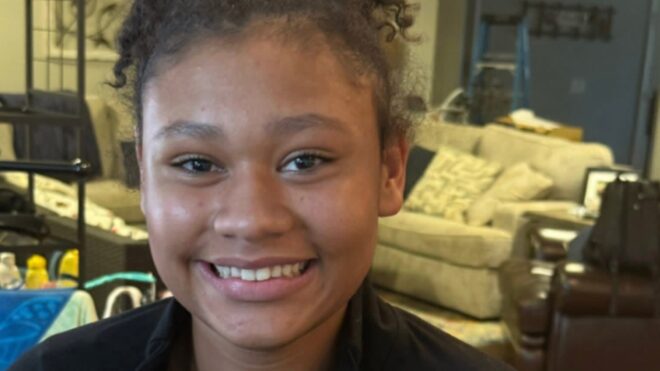
When it comes to being a mom, there are so many ways to do it well. While there may be countless versions of motherhood out there — from the crunchy granola woo-woo moms to the hyper-scheduled soccer moms to the frazzled moms just trying to make it to dinner time — the truth is that most of us want the same things for our kids. We simply want them to be good human beings. We want them to have supportive friends. When the time comes, we want them to have loving romantic relationships. But most of all, we want them to be safe and supported, always.
For parents of LGBTQ identifying kids, that safety factor can be a real concern. As much as we might celebrate our children when they come out as gay or reveal their gender identity, we also know that kids and teens who aren’t cisgender and straight can face discrimination, bullying, and possibly loneliness if they don’t have an accepting peer group. It can feel daunting to think about some of the challenges our kids might face, especially when we consider the fact that research suggests that LGBTQ kids are more likely to have considered or attempted suicide than their peers.
Given that September is Suicide Prevention Awareness Month, now is the perfect time to get real about what parents of LGBTQ kids need to know about suicide prevention.
More from CafeMom: Queer Mom Blasted for Calling Newborn a ‘Gay Baby’ in Video
Suicide Facts

According to the National Alliance on Mental Illness, suicide is the second leading cause of death for 10- to 14-year-olds and the third leading cause of death for 15- to 24-year-olds, which are sobering statistics.
While the suicide rate for all kids and teens is deeply concerning, even more worrying is that lesbian, gay, and bisexual youth are almost four times more likely to attempt suicide than their non-LGBT peers. The rates may be even higher for transgender people, as NAMI estimates that they are “nearly 9X more likely to attempt suicide than the general population.” According to The Trevor Project, more than 1.8 million LGBTQ youth (ages 13 to 24) “seriously consider suicide each year in the US.” To put that into context, that is one attempt every 45 seconds.
As we consider these statistics, it’s important to remember that, as The Trevor Project points out, “LGBTQ kids are not inherently prone to suicide risk because of their sexual orientation or gender identity.” The risk increased because of mistreatment, bullying, and social stigmatization, which means we all have a role to play in reducing their risk.
Family Support Matters

For parents of LGBTQ youth, the path to suicide prevention starts with us. Research shows that the likelihood that LGBTQ kids and teens will consider or attempt suicide increases when they don’t have family acceptance. Shockingly, according to research from The Trevor Project, only 33% of LGBTQ youth report being accepted by their parents, while another 33% choose to keep their identity secret until adulthood, and the remaining youth are rejected by their parents. The higher the level of parental rejection, the higher the level of risk for depression and suicidal ideation.
Let’s be super blunt about this: Parents who choose to reject, disapprove of, or refuse to accept their LGBTQ kids are increasing the likelihood that their child will consider killing themselves. Surely that can’t be what anyone wants.
As Dr. Myeshia Price, Director of Research Science at The Trevor Project, shares in a conversation with CafeMom: “LGBTQ youth feel supported when parents and caregivers talk respectfully about their LGBTQ identities, act welcoming and kind toward their LGBTQ friends or partners, and educate themselves about LGBTQ issues. In particular, talking with youth respectfully about their LGBTQ identity was associated with more than 40% lower odds of attempting suicide in the past year. These data add to a large body of research, which finds that affirming LGBTQ youth in their identities supports their mental health.”
Given that so many LGBTQ youth don’t disclose their identity to their parents, it’s also important that parents signal that they are LGBTQ affirming and support things like marriage equality and trans rights, even if they don’t have (or don’t think they have) a kid who falls into one of those categories.
The Dangers of Bullying
Although more schools have anti-bullying curriculum and may have LGBTQ support and ally groups, LGBTQ youth are still more likely to face bullying or social stigmatizing behavior, which is correlated to increased risks for thoughts of suicide. According to recent research, 23% of youth who identify as LGBTQI+ report having been bullied on school property and almost 27% report cyberbullying. Across all sexual orientations and gender identities, being a victim of bullying puts kids and teens at higher risk for depression, drug use, and suicidal ideation, but the risk for LGBTQ kids is even higher, with those being bullied having a three times greater chance of attempting suicide in a given year.
Parents of LGBTQ kids need to take bullying seriously and should be advocates for schools to create and support safe spaces, ally and affinity groups, and should make sure to create space for their kids to talk about any bullying they may be experiencing.
Getting the Right Help

Sometimes all the supportive parenting in the world just isn’t enough. LGBTQ kids who are struggling with anxiety, depression, or suicidal thoughts may need some help from a mental health care provider.
According to Price, parents first need to make sure the medical or mental health care provider isn’t going to do more harm than good. She explains, “It’s important for parents to perform their due diligence when looking for medical or mental health care provider for the LGBTQ children. They should look for providers who have clear statements about their values and cultural competencies of LGBTQ inclusion. Of course, it is always helpful to ask other parents of LGBTQ children for recommendations. Putting in the effort beforehand is so important, because it can help avoid a potentially negative experience for children who deserve affirming, competent care.”
It is critically important that parents don’t pursue so-called “conversion therapy,” the practice (outlawed in some states) of attempting to change a person’s sexual orientation or gender identity. In research published by The Trevor Project and the American Journal of Public Health, it was found that LGBTQ who “underwent conversion therapy were more than twice as likely to report having attempted suicide and more then 2.5x as likely to report multiple suicide attempts in the past year.”
Watch for Warning Signs

All parents, including parents of LGBTQ youth, should be aware of the warning signs that might signal a child or teen is struggling with suicidal thoughts. According to NAMI, some of those warning signs can include:
- Giving away their most important possessions.
- Saying goodbye to loved ones.
- Loss of interest in favorite activities or hobbies.
- Use or increased use of drugs and alcohol.
- Eating or sleeping more than they usually do.
- Mood swings.
- Isolating themselves.
- Having a specific plan.
- Difficulty in school, failing grades, or bullying.
- End of a relationship or loss of someone important to them.
- Easy access to deadly weapons — guns, knives, medication.
Parents who are concerned may want to reach out to The Trevor Project’s crisis support network or a trusted medical provider for support and guidance.
Any life lost to suicide is a tragedy and it is sadly too common for LGBTQ youth, but it doesn’t have to be with the right resources and parental support.
Note: If you or any of your loved ones are struggling with suicidal thoughts, you can always reach out to the 988 Suicide & Crisis Lifeline by calling 988. They are available 24/7 by phone or online chat.




